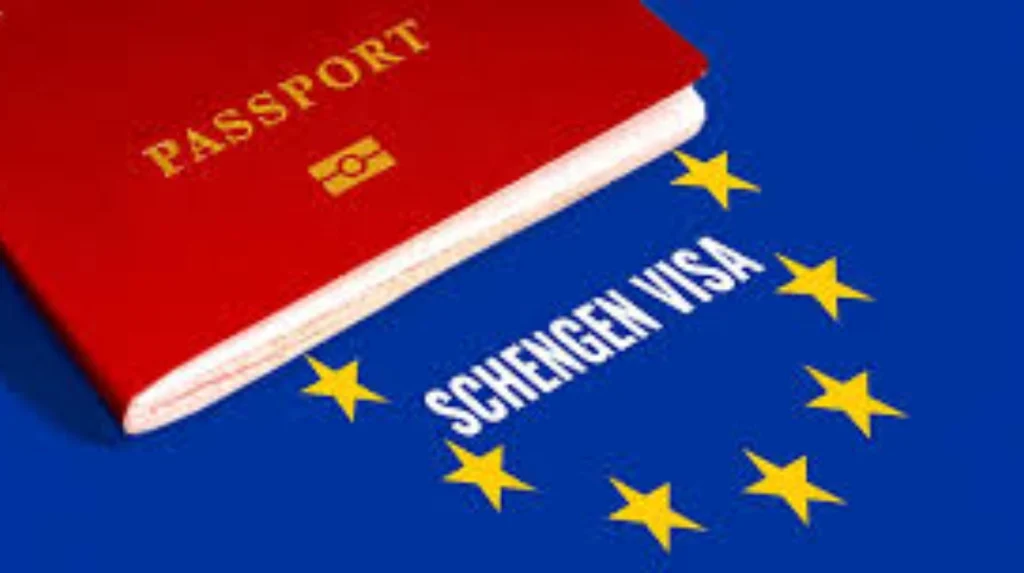The Schengen Area stands as one of the most significant achievements in European integration, representing a unique zone where internal border controls have largely been abolished, enabling passport-free movement across multiple countries. This seamless travel region facilitates economic cooperation, cultural exchange, and simplifies transit for millions. This article explores what constitutes the Schengen countries, the origins and evolution of the Schengen Area, its member states, the legal and administrative framework, and the impact on travel, trade, and security. The piece further examines ongoing developments, challenges, and the future outlook, providing a thorough and evergreen overview.
The Concept and Definition of the Schengen Area
The Schengen Area is a group of 29 European countries that have agreed to remove systematic border controls among themselves, effectively acting as a single jurisdiction for internal movement purposes. Named after the village of Schengen in Luxembourg where the original treaty was signed in 1985, the Area allows people and goods to move freely without routine passport checks at internal borders.
This setup primarily originated as part of the broader policies of the European Union (EU), particularly within the framework of cooperation on freedom, security, and justice. Today, the Schengen Area extends beyond EU borders, incorporating non-EU members through agreements to promote broader regional mobility.
History and Formation
Before the Schengen Agreement, European countries had varying controls over borders, causing delays and administrative complexities. After World War II, economic and political cooperation led to gradual agreements to ease movement, exemplified by the Nordic Passport Union and the Benelux countries’ arrangement.
The Schengen Agreement of June 1985, signed by five EEC (European Economic Community) members Belgium, France, Germany, Luxembourg, and the Netherlands established a system for abolishing border checks and agreed on common visa policies. The Schengen Convention in 1990 further detailed operational rules for the free movement area.
Though initially outside EU legal structures, the Schengen rules were integrated into EU law by the Amsterdam Treaty in 1997, coming into effect in 1999. This integration increased binding commitments and allowed collective governance and enforcement mechanisms.
Which Countries Are Schengen Countries?
The Schengen Area comprises 29 countries, including 25 EU members and 4 non-EU countries with special association agreements. Here is an overview:
Schengen Member States (EU)
Austria, Belgium, Czech Republic, Denmark, Estonia, Finland, France, Germany, Greece, Hungary, Italy, Latvia, Lithuania, Luxembourg, Malta, Netherlands, Poland, Portugal, Slovakia, Slovenia, Spain, Sweden, Bulgaria, Croatia, Cyprus (committed to join), and Romania (recently joined).
Schengen Associated Non-EU States
Iceland, Liechtenstein, Norway, and Switzerland actively participate in Schengen through agreements allowing them to follow Schengen rules without EU membership.
De Facto Schengen Territories
Microstates such as Andorra, Monaco, San Marino, and Vatican City maintain open borders with Schengen countries, thus effectively participating.
Notable Non-Members
Ireland and the United Kingdom (former EU member) opt-out of Schengen and maintain their own border controls; Ireland maintains the Common Travel Area with the UK for free movement.
Population and Area
As of the early 2020s, the Schengen Area encompasses over 450 million people across approximately 4.6 million square kilometers, covering much of continental Europe.
Benefits and Features of the Schengen Area
The Schengen Area offers multiple advantages:
- Border-Free Travel: Citizens and legal residents can travel across internal borders without passport checks, facilitating tourism, commuting, and migration.
- Unified Visa Policy: Common visa rules simplify entry regulations for non-member nationals, offering a single visa valid throughout the Area for short stays.
- Economic Growth: Reduced border friction enhances trade by accelerating goods transit and lowering transport costs, with billions of crossings yearly contributing billions in economic activity.
- Improved Security Cooperation: Members share security databases (e.g., Schengen Information System) and coordinate policing to manage external border controls and combat cross-border crime.
How the Schengen Area Works
Despite free movement internally, Schengen countries maintain strict external borders. Systematic checks occur at airports, seaports, and land borders with non-Schengen countries. Internal police or identity checks are limited but may be reinstituted temporarily under exceptional circumstances such as security threats or public health emergencies.
The Area operates through cooperative governance among members, with agencies like Frontex overseeing external border management. Each country is responsible for maintaining its segment of the external border according to shared standards.
Challenges and Recent Developments
The Schengen regime faces contemporary challenges:
- Migration and Border Pressure: Increased migration flows from Africa and the Middle East have strained external border controls, leading some members to reinforce checks or temporarily suspend free movement.
- Terrorism and Security: Terrorist incidents have prompted calls for stronger coordination, information sharing, and occasional internal border checks.
- COVID-19 Pandemic: The pandemic led to widespread temporary reintroduction of border controls within Schengen, highlighting vulnerabilities in the system.
- Expansion and Adaptation: Newer EU members like Bulgaria, Romania, and Croatia have recently joined or are preparing to join Schengen, symbolizing regional integration progress.
- Technological Enhancements: Efforts to modernize border management include enhancing biometric systems and digital travel authorizations for non-EU visitors.
How Schengen Affects You as a Traveler or Resident
For travelers, being in the Schengen Zone means the ability to move freely across multiple countries with minimal border formalities. This aids tourism, business travel, and education across Europe.
For residents and workers, the Area facilitates cross-border commuting and living, fostering deeper social and economic ties between member states’ populations. It also simplifies the movement of goods and services critical to a unified European market.
The Future of Schengen Countries
The Schengen Area remains a pioneering experiment in open borders, balancing freedom of movement with collective security interests. As geopolitical dynamics and global challenges evolve, Schengen countries continue adapting policies responsibly to maintain fluidity while safeguarding citizens.The success of Schengen showcases the power of cooperation across national borders in promoting peace, prosperity, and unity in Europe. Understanding which countries participate and how the arrangement functions helps in appreciating this vital facet of European integration.







